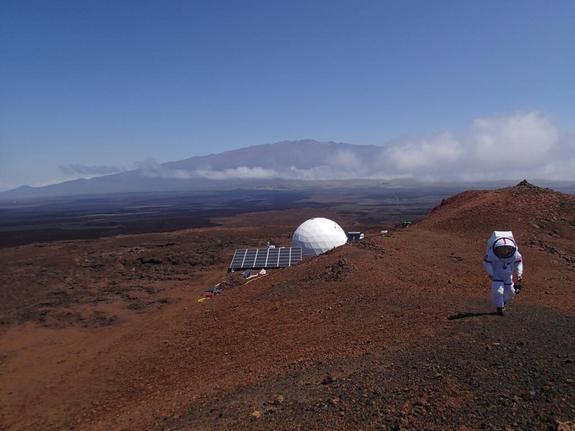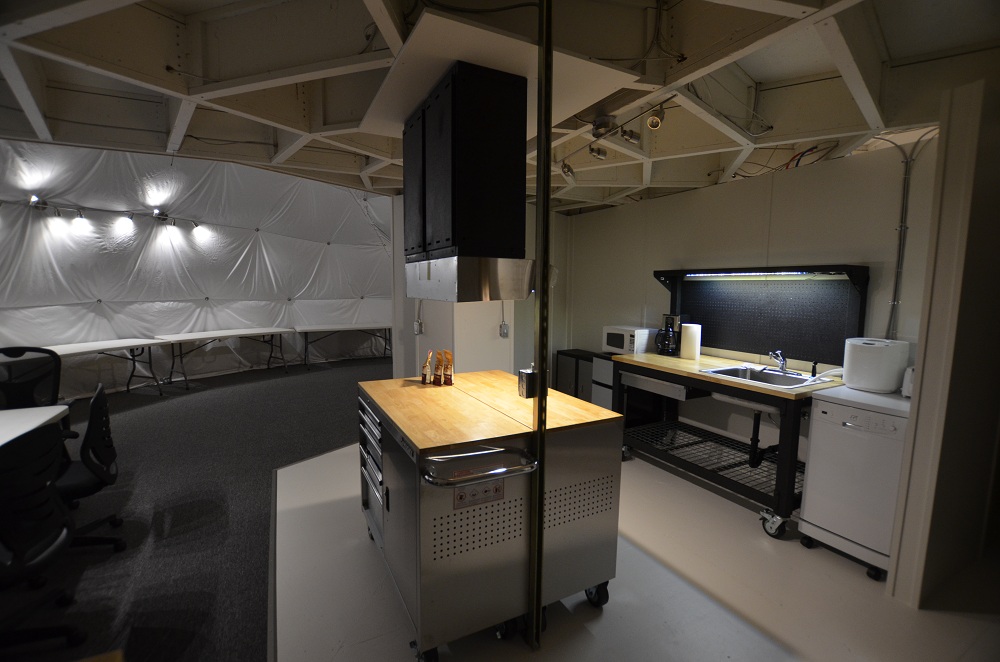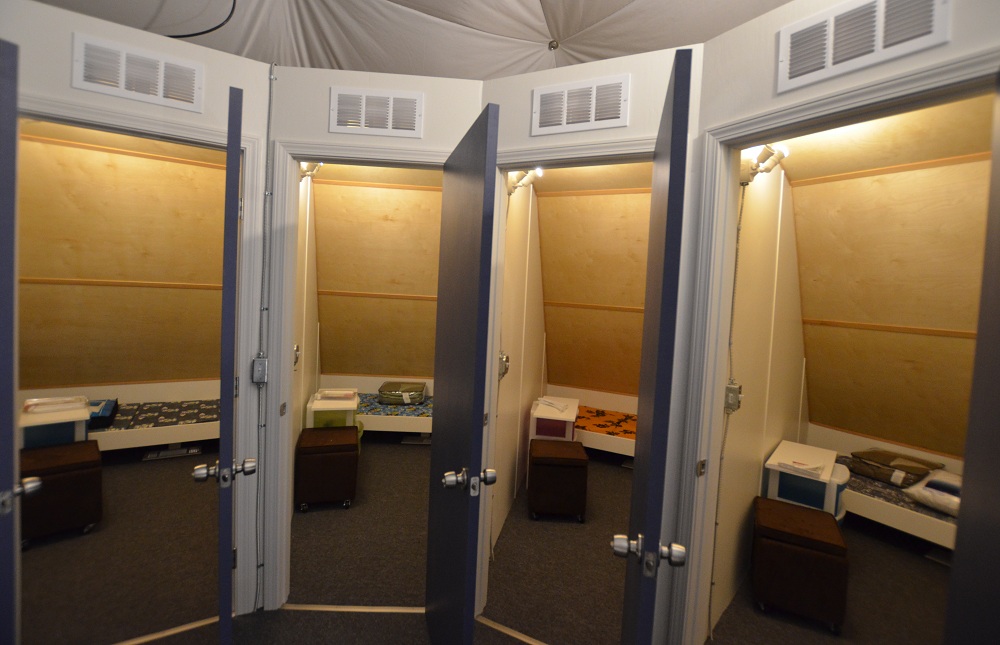
On August 28, six researchers who barely know each other made their way to the slopes of the Mauna Loa volcano on Hawaii's Big Island for a year-long "vacation." However, the crew of three men and three women that includes a soil scientist, a doctor, a post-grad architect student, and an astrobiologist, did not check into a fancy resort. Instead, they locked themselves up inside a solar-powered dome without fresh air, fresh food, or privacy.
That's because the volunteer crew of four Americans, one French and one German scientists, are here to help NASA study the effects of extended isolation on crewmember cohesion and performance. This is the fourth and longest such trial being conducted by the Space Agency under the Hawaii Space Exploration Analog and Simulation (HI-SEAS) program to prepare humans for the big journey to Mars. The previous one that ended in June 2015 lasted eight months, while the two prior ones were designed for just four months each.

To simulate a Mars-like environment, the two-story dome that measures 36-feet in diameter and 20-feet in height is located at an approximately 8000-feet elevation in a rocky volcanic landscape that is not conducive to plants or animals. The downstairs features a lab, a kitchen, a shared workspace, dining room, an exercise area and a bathroom. Upstairs are six small bedrooms each furnished with a cot and a desk, as well as a common bathroom. To ensure the experiment is as realistic as possible, the dome has been stocked with a yearlong supply of freeze-dried food and drinks.
The only contact the volunteers will have with the outside world will be through a time-delayed internet connection, similar to what the Mars pioneers will encounter. Also, when they occasionally step out to collect soil samples, they will have to act like real astronauts and wear spacesuits.

The crew will be extensively monitored by cameras, body movement trackers, and other tools as they go about their day-to-day life inside the simulated Mars habitat. NASA's Principal Investigator Kim Binstead hopes the longer mission will help build on the knowledge they already have about the social and psychological challenges of a long-duration space exploration.
Though this is the longest such experiment being staged by NASA, it is not the longest one ever undertaken. In 2010, the European Space Agency's Mars 500 mission sequestered six volunteers to a 1000-square foot unit for an unprecedented 520 days! That experiment even included a "landing" on the Red Planet and a re-entry to earth. While the volunteers survived the extensive isolation, they did experience sleep deprivation and suffer some psychological health problems - Issues that will need to be addressed before the actual trip.

Scientists will never be able to eliminate all the risks associated with isolation and crew members living in such close quarters. However, experiments like these are necessary to make the journey as conflict-free as possible because a cohesive team, will be the key to the success of any deep space mission.
Resources: space.com, gizmag.com, iflscience.com